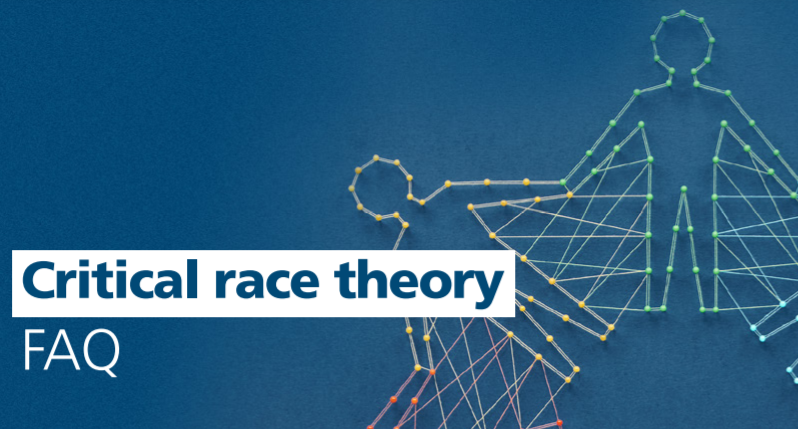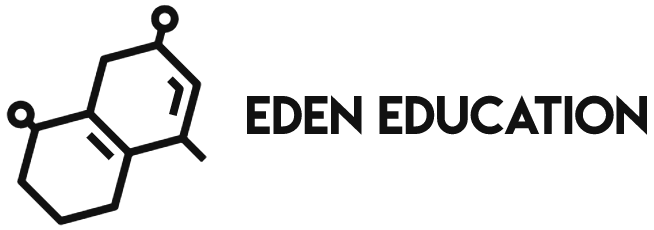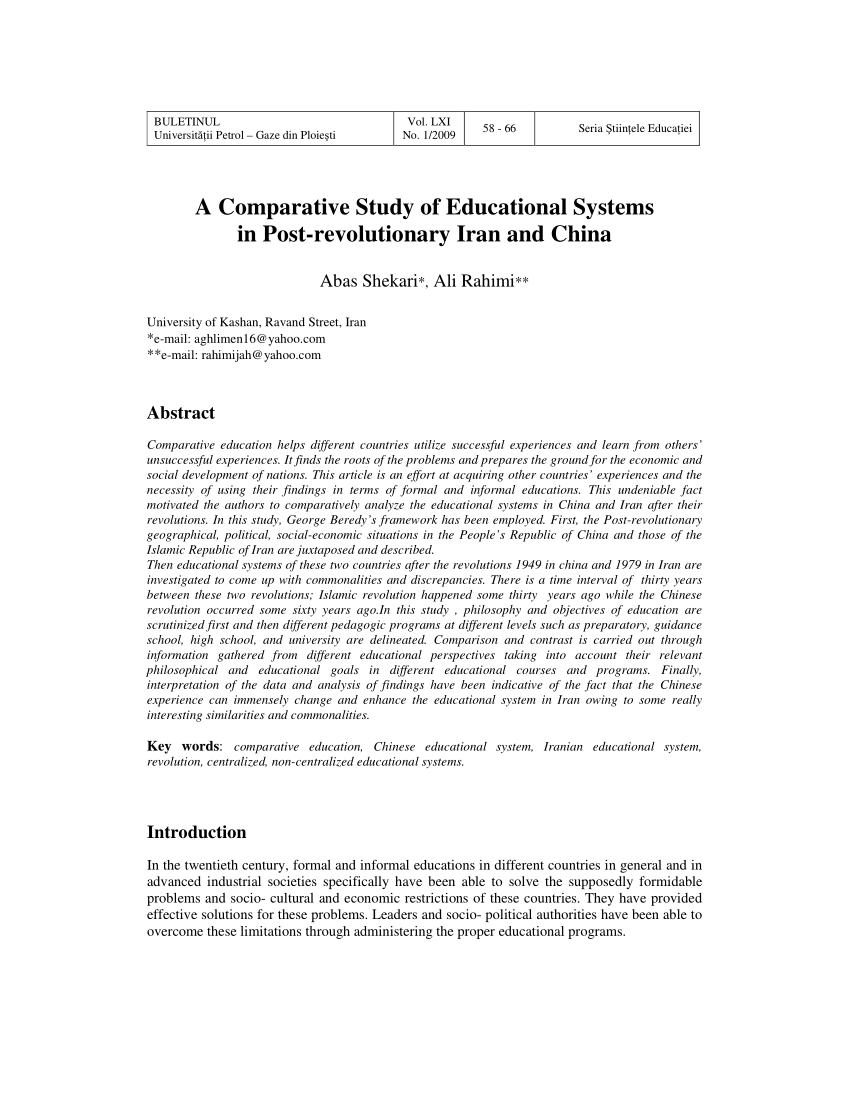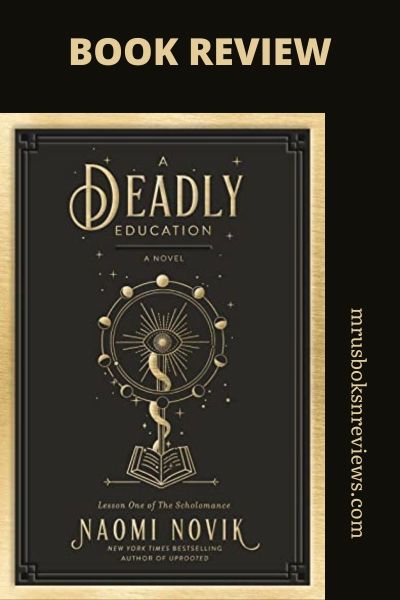
What Is Critical Race Theory in Education?
Critical Race Theory (CRT) aims to break down the social hierarchy from the inside out. It uses storytelling to identify the systems that perpetuate racial disparity and calls for a radical reordering of society. It also seeks to address racial inequalities in ways that are helpful for both BIPOC and non-BIPOC students. Its critiques are equally valid.
Critics claim it promotes racial division
The critical race theory is a political tool in the Republican Party’s culture war, and is gaining support from conservative voters. The critical race theory has branches focusing on Indigenous, Black, and Latino people, as well as education and intersectionality. It has been used to analyze the opinions of Asian Americans on affirmative action, and Dr. Poon uses it to explore the role of affirmative action in American public schools.
It calls for a radical reordering of society
Critical race theory has been attributed to a number of recent events including the 2020 Black Lives Matter protests, the development of LGBTQ clubs in schools, the implementation of ethnic studies model curriculum and the free speech debate on college campuses. One notable example of the theory’s influence on current education is the promise program in Broward County, Florida. The school shooting was a catalyst for the rise of this theory.
It uses storytelling
This article explores the use of digital storytelling as a tool for exploring race and identity. It does so using a critical race theory (CRT) framework that values the everyday experiences of people of color. The article explores the perspectives of two US high school students. They wrestled with race and how it shapes their identity, while highlighting their creative representations of themselves. It is intended for educators, students, and community members to understand and appreciate the value of critical race theory and storytelling in educational contexts.
It identifies systems that maintain racial inequality
Using the critical race theory (CRT) conceptual framework, the author examines the history of leniency toward drug dealers as a manifestation of systemic racism. Racism is ingrained in systems and laws in the United States, and it can be found in nearly every area of people’s lives. By applying the theory to such systems, CRT can help us understand how we can improve education.
It has been used to oppose diversity initiatives
Critics of the term “equity” have made the word a dirty word in the education world. This is a misnomer. In education, equity is defined as “equality for all.” A student who needs additional tutoring may receive extra support to complete assignments, but this is not a matter of critical race theory. A student who needs extra help in reading is a child who needs extra help, not a teacher who wants to give an A-. Equity is about ensuring that children who are dyslexic get extra help to finish assignments. In the case of equity, however, it is a positive development that a child who is dyslexic receives the same help as a student who has learning disabilities.



